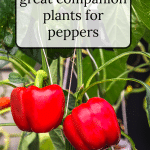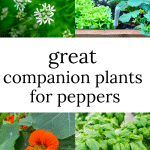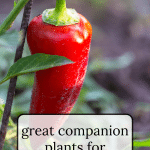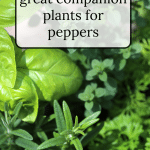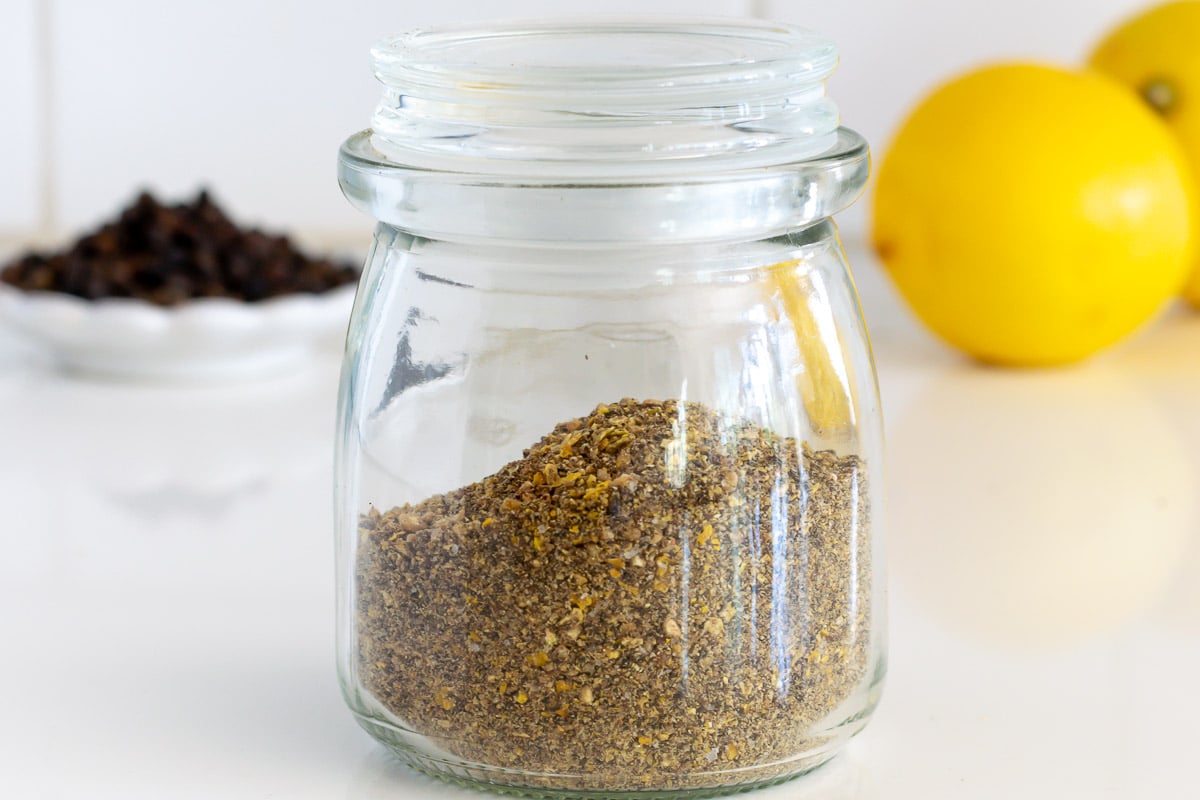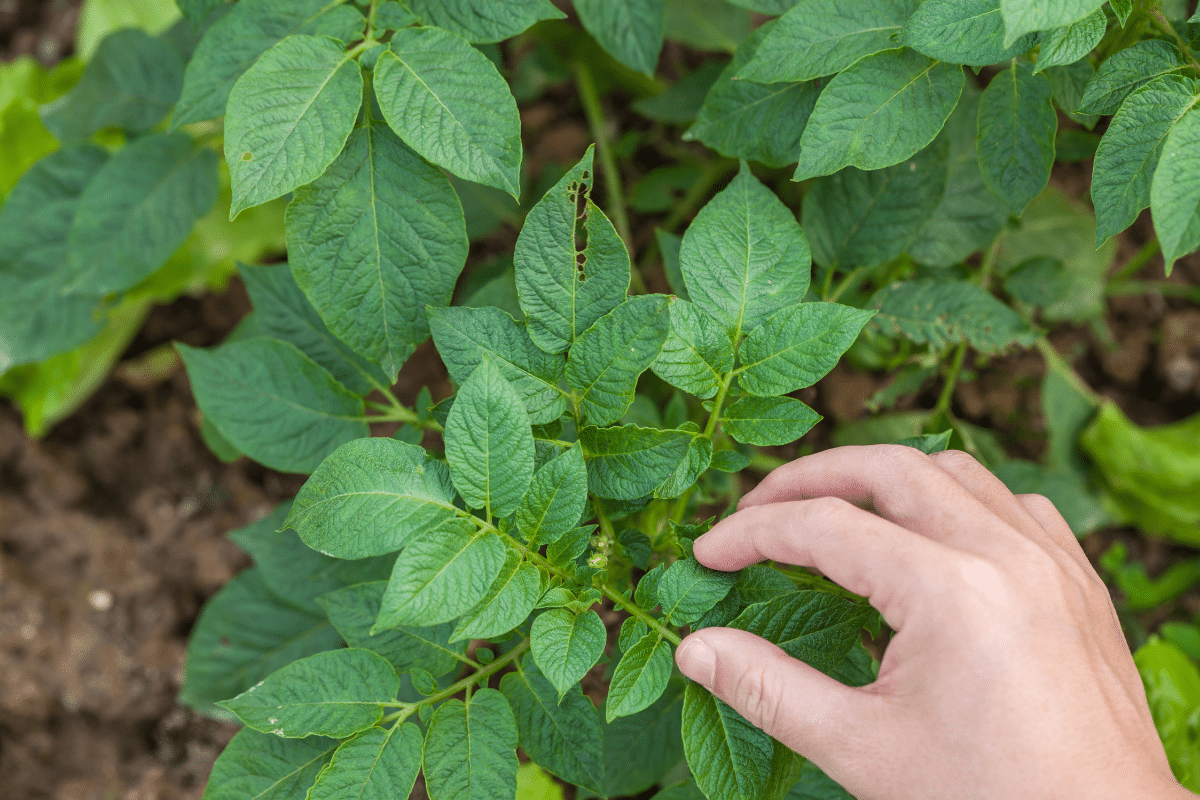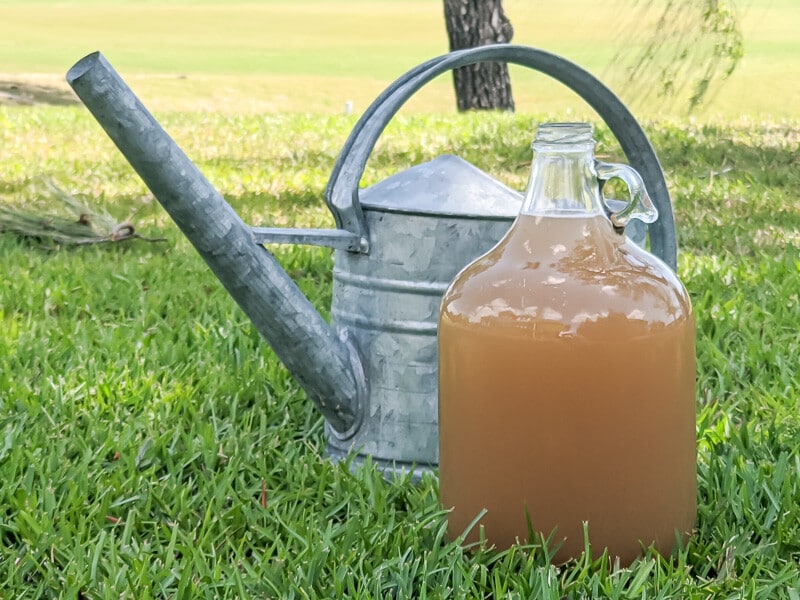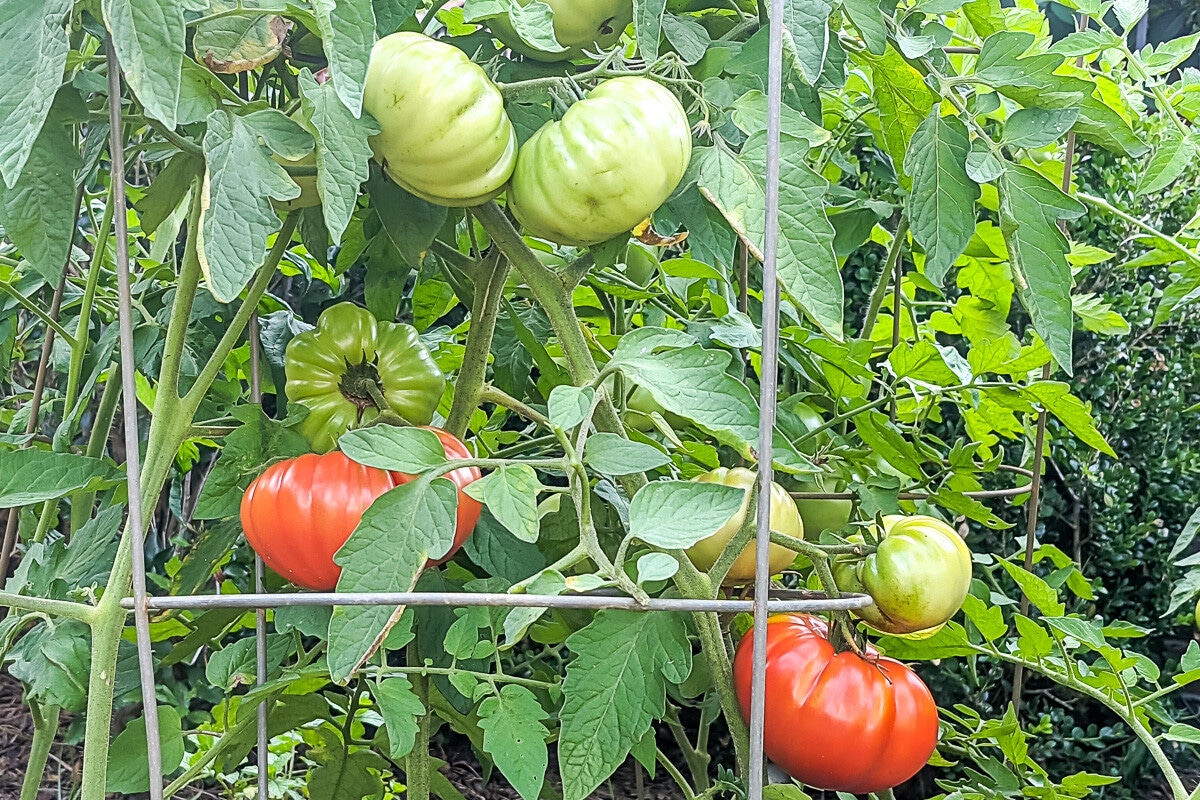Pepper Companion Plants
You can stuff, slice, chop, bake, boil, grill, or fry them up. Peppers are some of the most versatile plants providing delicious flavor in countless recipes and acting as a side or main dish on their own. Grow delicious peppers right in your backyard. It’s easier than you think! Especially when you have the top tips and tricks about the most beneficial pepper companion plants.
If you’re a beginner gardener, pepper plants are an excellent addition to your home vegetable garden. That said, they are great for any home gardener! They are not high maintenance, making them ideal for those still figuring things out as they go.
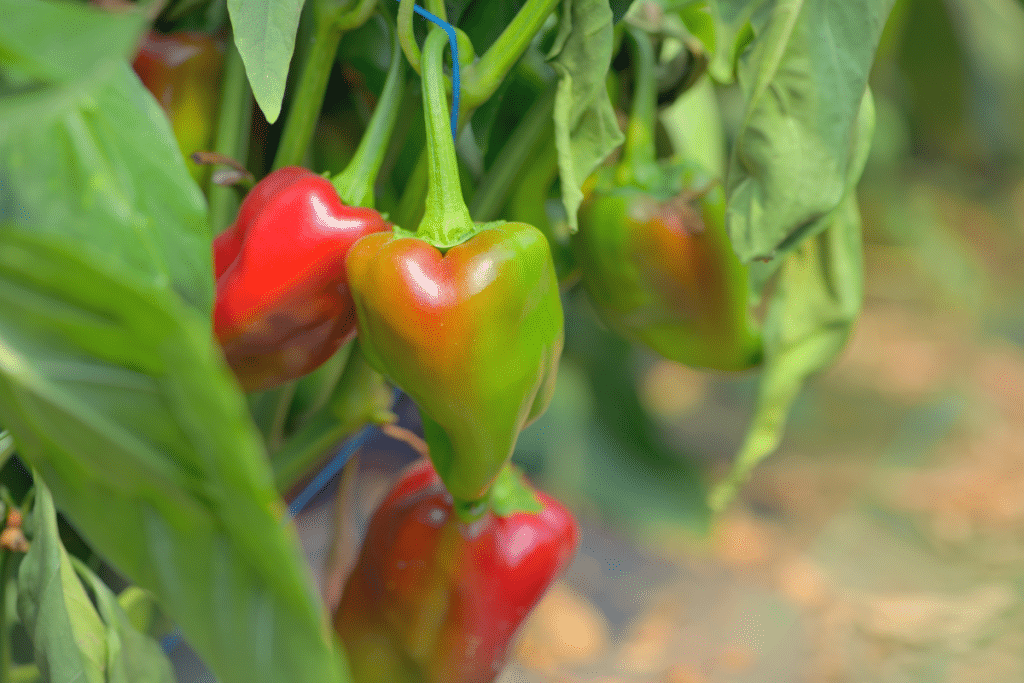
Table of Contents
And, importantly, peppers are one of the most heavily pesticided, commercially grown vegetables. This is a very important reason for growing pepper plants in your home garden and practicing some organic methods of keeping them healthy and thriving.
Pepper companion planting helps to provide peppers with what they need, as well as protect them from pests and disease. Before you go any further, you’ll want to be familiar with the ins and outs of companion planting. So, run through the introduction to this Companion Planting Chart and Guide series!
We’ve covered onions, strawberries, tomatoes, potatoes, and cucumbers, zucchini, and now it’s time to add pepper plants to the list. Let’s dive right in!
No matter what pepper plant you choose, the care requirements are all the same. Properly maintaining your pepper plants is critical to their growth, as is with any other garden species, from flowers and fruits to herbs and veggies.
Besides the general upkeep of your pepper plants, using the companion planting strategy will further ensure a healthy harvest and maximized growth. All kinds of plants get along quite nicely with peppers. But first, let’s get familiar with the needs and challenges of growing peppers, despite the other species surrounding them.
what does a pepper plant need to thrive?
In talking pepper plants, we include bell and sweet peppers, as well as chile peppers like jalapeño, habanero, etc…
- water: provide around two inches of water each day- don’t let the soil dry out completely but don’t keep it soggy.
- light: locate where your peppers will receive at least 6 to 10 hours of sunlight each day
- soil: Plant peppers in well-draining soil with plenty of organic matter (compost)
- mulch surrounding the plants
- stake or cage to keep them upright
- trim lower branches
what are the pepper plant’s biggest challenges?
Pepper plant struggles are not too different from that of most crops. Destructive pests and diseases commonly overtake pepper plants, sometimes entirely wiping them out. Companion plants are an excellent way to keep these challenges in check.
- Mulch is a must. Whether you buy manufactured mulch or use a living mulch, like clover, peppers require mulch to prevent waterlogging, disease, pests, and weeds.
- Peppers need well-draining soil. Never choose potting soil designed to retain moisture. Peppers are prone to illness caused by overly moist soil that saturates the roots, making them weak and vulnerable.
- Protection from aphids is required for multiple reasons. Firstly, it’s no mystery that aphids are some of the most problematic pests in home gardens. Secondly, aphids will even help spread disease, specifically the mosaic virus. Whitish spots on the pepper leaves and stunted growth identify this. Certain plants are known to be great at attracting beneficial insects that snack on aphids.
- Cutworms, flea beetles, whiteflies, and thrips should also be prevented. This can be done with the companion planting technique.
all about companion planting with peppers
Companion planting promotes a healthier, more productive, and more sustainable garden ecosystem by taking advantage of the natural relationships between peppers and other garden vegetables, herbs, and flowers.
10 pepper companion plants
basil + oregano
Not only is basil an excellent addition to any home garden, but it especially benefits pepper plants. Basil is easy to grow, making it great for beginners. Plus, it deters pests like aphids, thrips, and other pests after your peppers. The strong aroma of basil keeps some of the peskiest garden insects away. You can crush some leaves and sprinkle them around the plants for extra protection.
Like basil, oregano has a strong scent that can repel pests like aphids and spider mites from the pepper plants.
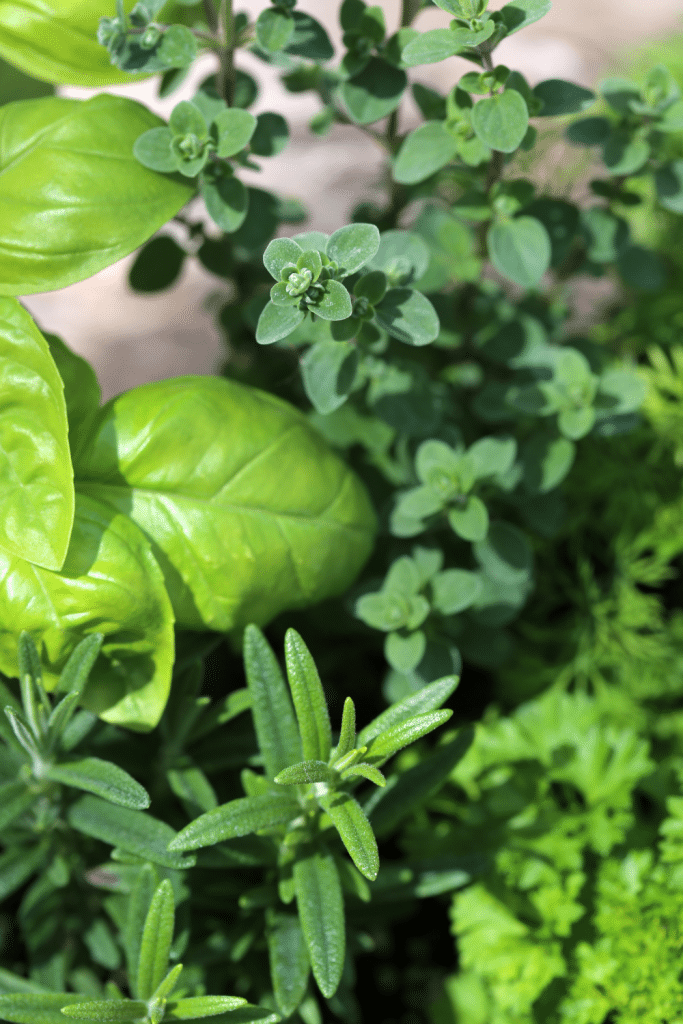
garlic and onions
Some of the most notorious pepper plant pests are Green Peach Aphids. They feed on the plant distorting its growth and transmitting disease. The pungent scent from plants in the allium family, like scallions, onion, garlic, and chives, keep the aphids away.
sunflowers
Bright, tall, and beautiful sunflowers make for incredible pepper companion plants. Plant them all around your home garden to attract pollinators. Even better, at only a few inches tall, sunflowers begin producing an extra sweet treat from the glands under their leaves, luring in more and more beneficial insects!
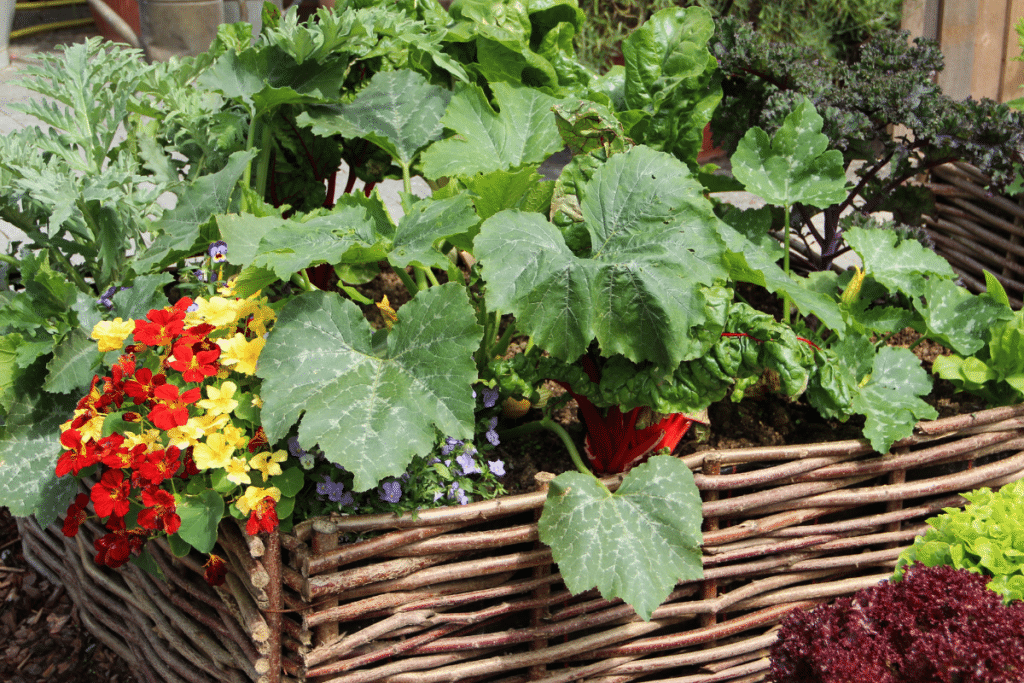
nasturtiums
Nasturtiums are known to repel aphids, whiteflies, and cucumber beetles, which are pests that can damage pepper plants. Incorporate a few nasturtiums alongside your peppers for an effective and lovely companion plant.
herbs that attract beneficial insects
Incorporate herbs like dill, cilantro, and parsley to further protect your peppers from aphids, budworms, whiteflies, and hornworms. When a few of these herbs are let to bloom, they produce attractive flowers with sweet nectar for predatory wasps, ladybugs, and lacewings. All these beneficial insects consume the most common pests of pepper plants and aid in pollination.
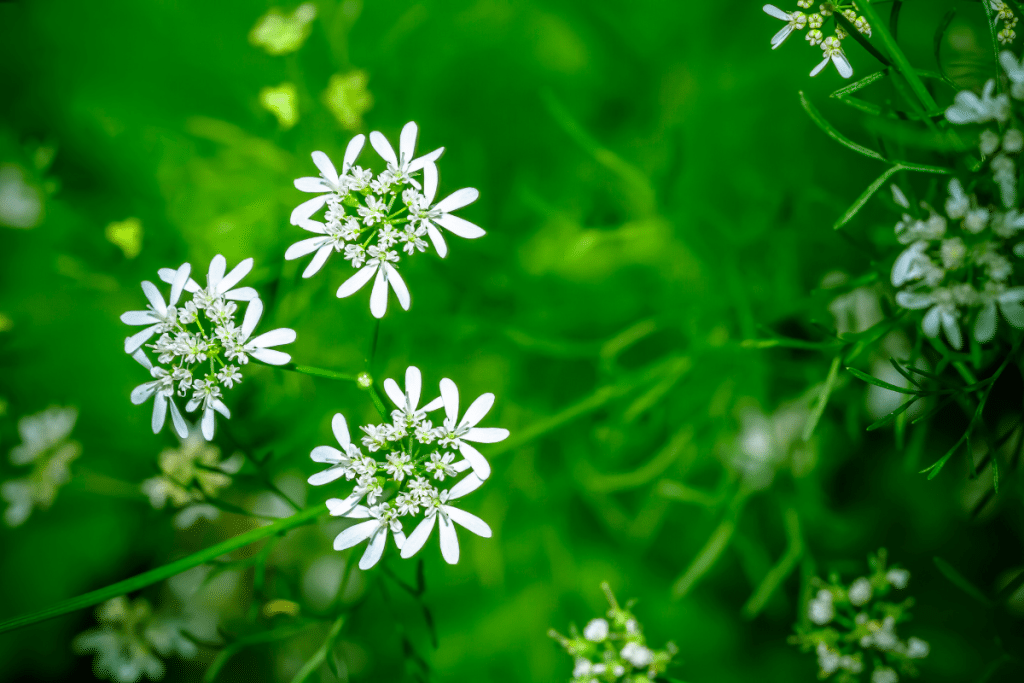
squash
Zucchini and summer squash are great pepper companion plants! They grow low, providing shade for the shallow and vulnerable pepper plant roots.
leafy greens
Keep the weeds from thriving and protect the shallow roots of your pepper plants with leafy greens like spinach and lettuce. Low-growing plants like these two are ideal for planting directly under tall pepper plants as they help maximize space. And, planting these greens beneath pepper plants shades the pepper roots and acts as a living mulch, leaving less space for weeds to sprout.
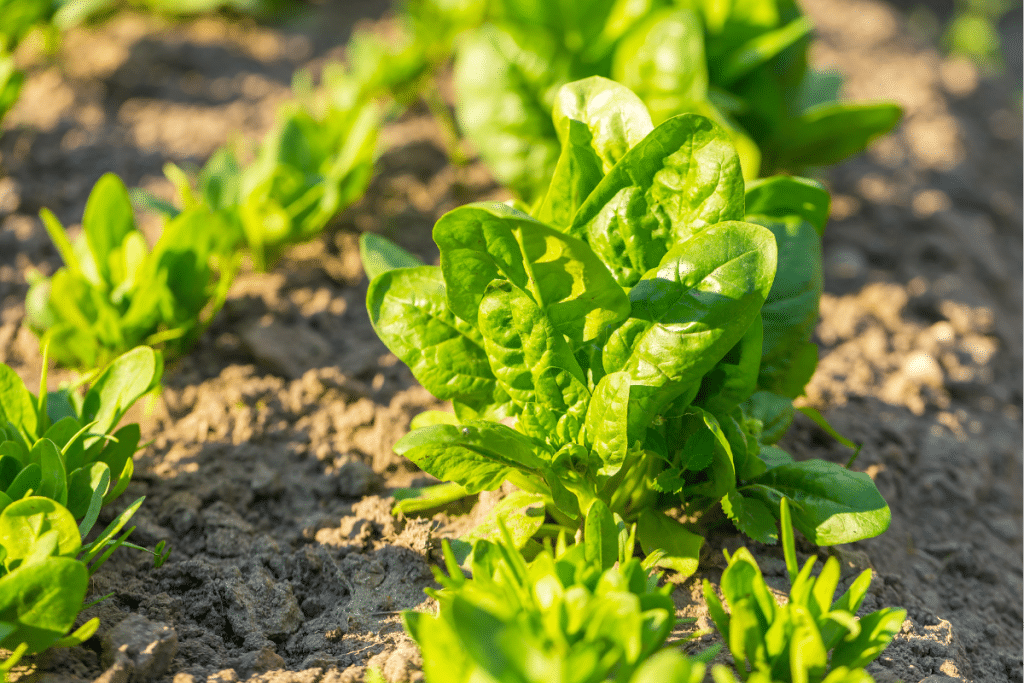
beans
Give your flourishing pepper plants a boost with extra nitrogen in the surrounding soil. Beans are some of the most effective nitrogen-fixing crops, like fava, pole, and bush beans. Plant them near your pepper plants to feed them lots of valuable nitrogen! At the end of the growing season, don’t pull your beans. Instead, work them into the soil for the most benefit.
french marigolds
Your pepper plants will benefit greatly when situated near French marigolds. These flowering plants deter nematodes, which are major pepper pests. Marigolds are believed to repel cabbage worms, which will snack on just about any garden vegetable. It has even been observed that marigolds stimulate the production and growth of your peppers. And to top it all off, they also help to improve the peppers’ flavor.
Marigolds also contain a natural insecticide that can repel harmful insects from the pepper plants. They also add color to the garden.
what NOT to plant with peppers
There are always two sides to companion planting– the good and the bad. Every plant has a list of species that should never be near your precious peppers, as they are detrimental to their growth and success. There are various reasons to avoid planting peppers with certain plants, such as competition for resources, incompatible growing conditions, or attracting pests that can harm the pepper plant.
Here are some of the plants you considered the opposite of pepper companion plants:
fennel
Fennel can inhibit the growth of other plants by releasing chemicals that can stunt their growth. This can be detrimental to the growth and yield of the pepper plants.
brassicas
Plants like cabbage, broccoli, and cauliflower can attract pests like aphids, which can also harm pepper plants.
nightshades
Plants like tomatoes, eggplants, and potatoes are all members of the nightshade family, and planting them together can increase the risk of disease and pests that can affect both the pepper plants and the nightshades.
corn
Corn is a tall plant that can shade and compete with peppers for sunlight, water, and nutrients, which can negatively impact the growth and yield of pepper plants.
It is important to consider the growing conditions and needs of different plants before planting them together to ensure they can thrive and benefit from each other’s presence.
what’s next for your companion planting guide?
You’re well on your way to having the most flourishing, healthy, and efficient home garden you’ve ever produced! So exciting! Being familiar with companion planting helps the average home gardener use a scientific strategy to make the smartest moves. Who knew planting particular species near one another could either boost or inhibit their growth?
Congrats on getting through yet another chapter of my Companion Planting Guide! With all the companion plants of tomatoes, cucumbers, strawberries, onions, and potatoes in your back pocket, you’re off to a terrific start with growing a flourishing home garden!
And if you haven’t yet, pop on over to view and print the chart for five fruits and veggies we’ve covered thus far.
Remember to start putting this method to work, and keep checking in for more companion planting tips and tricks!
Bookmark this page or pin the following image to refer back to this post on Pepper Companion Plants in the future.
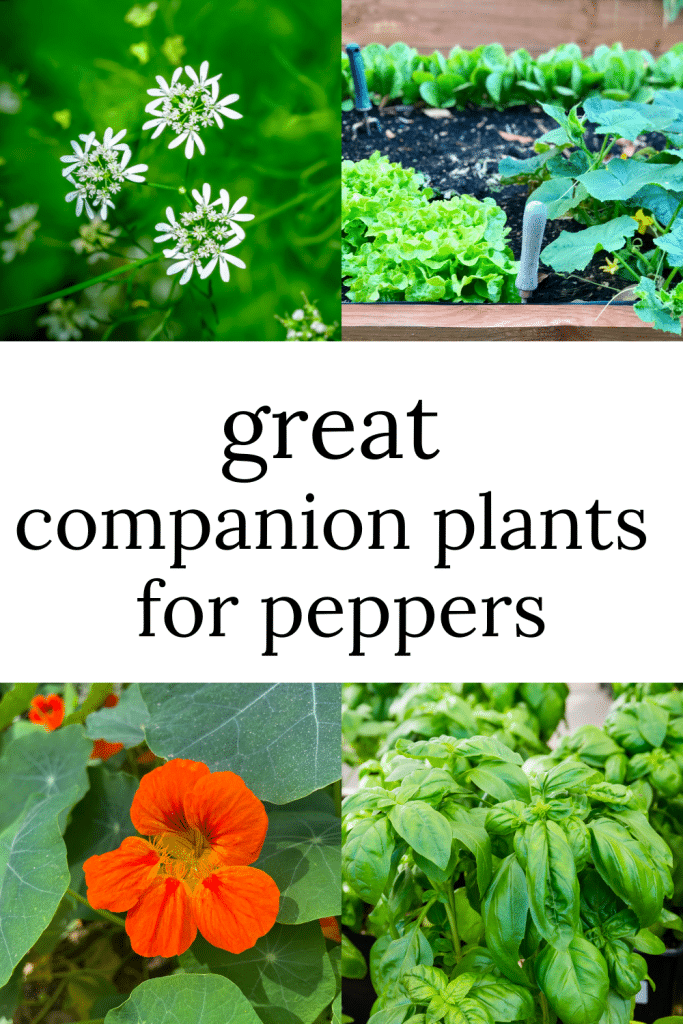
Thanks so much for spending a few minutes of your busy day with me!
To ensure you don’t miss future content, pop your email in the pale green box on the right or click here. I usually send one email weekly, so I won’t inundate your inbox. I’m sensitive to an overflowing email inbox!
We will only use your email address to send you emails, no more than 1-2 weekly. In addition, you will have access to my growing library of knit & crochet patterns and other printables. Check back often as this library will continue to grow. You can unsubscribe anytime by emailing me or clicking on the “unsubscribe” link at the bottom of all emails.
And you can access many of the products I refer to on my Nourish and Nestle Amazon Page. You can access it here.
So, if you’d like to participate in the ‘subscriber benefit’ action, simply subscribe to Nourish and Nestle here or use the form on the right sidebar. It’s slightly towards the top.
I have sent all my subscribers the link to the Subscriber Benefits Library. If you missed it or misplaced it, let me know.
Until next time…


